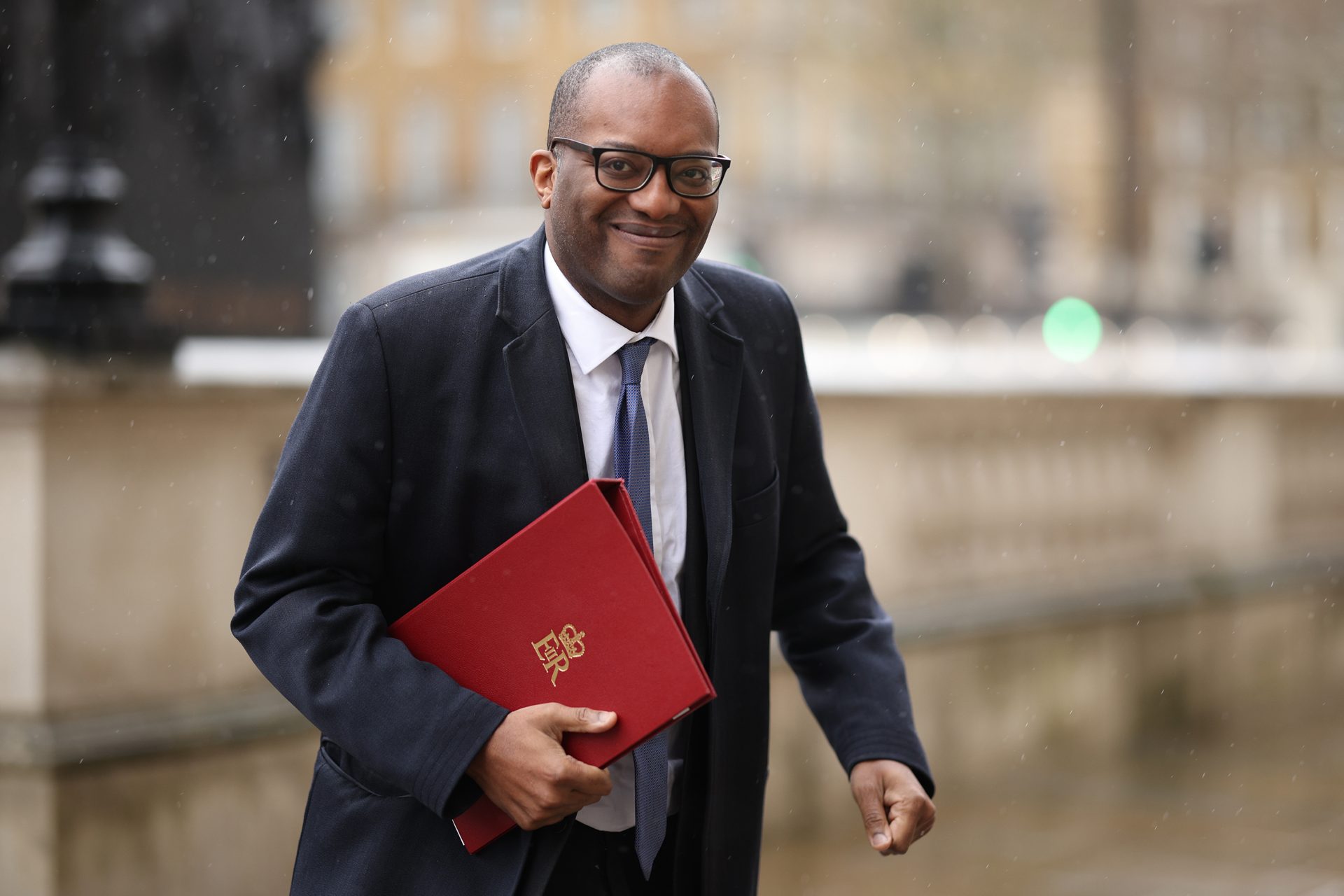Written by Katie Rosseinsky
The constant stream of headlines about the economy can feel seriously overwhelming. Here’s what you need to know about Liz Truss’s policies and how they could affect you.
Worn out by the constant onslaught of doom-laden headlines about the economy? You’re certainly not alone. Right now it seems like every day brings more worrying news, whether it’s a warning that the UK is sliding into recession or reports that mortgage costs are soaring.
It’s a concerning time for everyone, with the situation often changing significantly from one day to the next (major policy U-turn, anyone?).
To remove some of the confusion, here’s your guide to the government’s most recent key economic policies and what they could mean for your finances.
The U-turn on the top rate of tax
When Kwasi Kwarteng unveiled his mini-budget last month, he announced that the 45% rate of tax for people who earn over £150,000 a year would be abolished from April 2023. Scrapping the top rate would mean that these top earners would be paying 40% tax from then on: the same amount of tax as someone on a salary of £50,271 pays.
The Treasury later confirmed that as a result of the policy, 660,000 top earners would recoup about £10,000 a year. Coming at a time when the vast majority of people are seriously concerned about skyrocketing energy prices and the cost of living, the policy was roundly criticised for supporting the wealthy at a time of economic crisis, rather than focusing on those in greatest need.
News of these tax cuts, combined with the announcement of major government borrowing, prompted concerns about the UK’s financial stability, and the pound dropped to a record low against the dollar last week.
The turmoil continued as banks and mortgage providers started to withdraw their services from the market in droves, with financial information company Moneyfacts stating that more than 40% of available mortgages had been removed from the market in the week following the mini-budget. The Bank of England eventually made a major intervention with the aim of stabilising the situation, announcing that it would buy £65 billion of long-term government bonds known as gilts.
Despite Liz Truss, the prime minister, doubling down on her economic policies in a series of interviews last week, this morning (Monday 3 October) saw Kwarteng perform an abrupt U-turn. In a statement posted on Twitter, he said that “it is clear that the abolition of the 45p tax rate has become a distraction from our overriding mission to tackle the challenges facing our country”.
“As a result, I’m announcing we are not proceeding with the abolition of the 45p tax rate,” he continued.
In the hours following the announcement, reports suggested that the pound had started to rally slightly.
What does this mean for you?
If you’re a high earner with an annual salary of above £150,000, then you will continue to pay tax at 45%, just as you did before.
With the top rate tax cut valued at about £2 billion, though, experts reckon that this move could be more of a political one (attempting to show that Truss and Kwarteng have been listening to the backlash from the public) than an economic one and may not have a major impact on the UK’s financial stability. That’s because the overall package of tax cuts (more on those later) is estimated to cost around £45 billion by the financial year 2026/2027.
Writing on Twitter, Paul Johnson, director of the Institute for Fiscal Studies, described the cut to the 45p rate as the “smallest part” of the mini-budget, adding: “What was a £45bn tax cutting package is now a £43bn package.”
National Insurance reversal and basic rate tax cuts
Though a 1.25% rise in National Insurance was rolled out by Rishi Sunak, the former chancellor, in April, that increase will be rolled back again come November.
Sunak also previously announced a 1% cut in the basic rate of tax, and that’s now set to be brought forward by a year by Kwarteng, so annual earnings between £12,571 and £50,270 will be taxed at 19% from next April. The Treasury has said that the move will benefit more than 31 million people.
What does this mean for you?
Analysts at EY have crunched the numbers and found that someone earning £20,000 a year is set to save £167, while someone with a salary of £40,000 will save £617 as a result of these two changes.
Those with a salary of £60,000, meanwhile, will save £969 and those on £100,000 will save £1,469 each year.
Changes to stamp duty
The threshold for stamp duty, the tax on property purchases, has been doubled, going from £125,000 to £250,000, while first-time buyers will now pay no tax on the first £425,000 of the cost of the house (up from £300,000). They can also claim stamp duty relief on properties priced up to £625,000 (previously the limit was set at £500,000).
What does this mean for you?
Kwarteng said the measures, which take place immediately and so will impact those who are currently in the process of buying a house, “will reduce stamp duty bills across the board for all movers by up to £2,500 with first-time buyers able to access up to £11,250 in relief”.
Speaking on Good Morning Britain, however, Money Saving Expert’s Martin Lewis noted that “to save £11,250 on stamp duty, you have to be buying a house as a first-time buyer of £500,000 or more” – a price tag that will be out of reach for many first-time buyers seeking to get onto the property ladder.
Unlike the stamp duty “holidays” brought in during 2020 and 2021, Kwarteng says these measures are permanent. There are some fears in the property industry, however, that they could cause house prices to rise further, increasing demand while stock remains in short supply.
The potential savings could also become insignificant if the Bank of England raises interest rates later this year in an attempt to counter the impact of the government’s tax cuts, making mortgages more expensive.
Images: Getty
Source: Read Full Article



